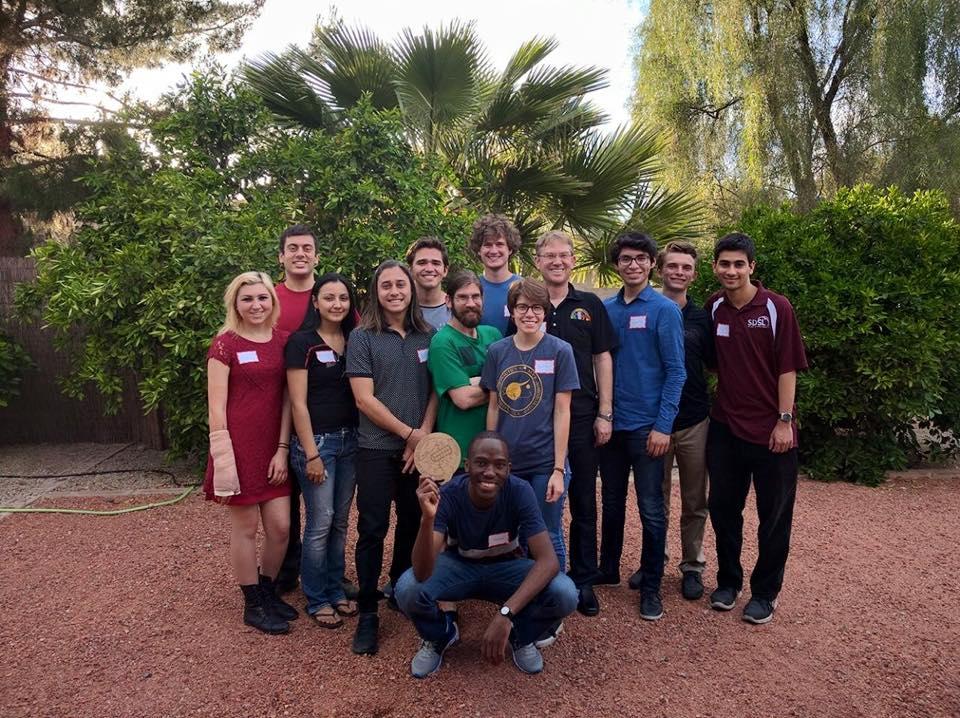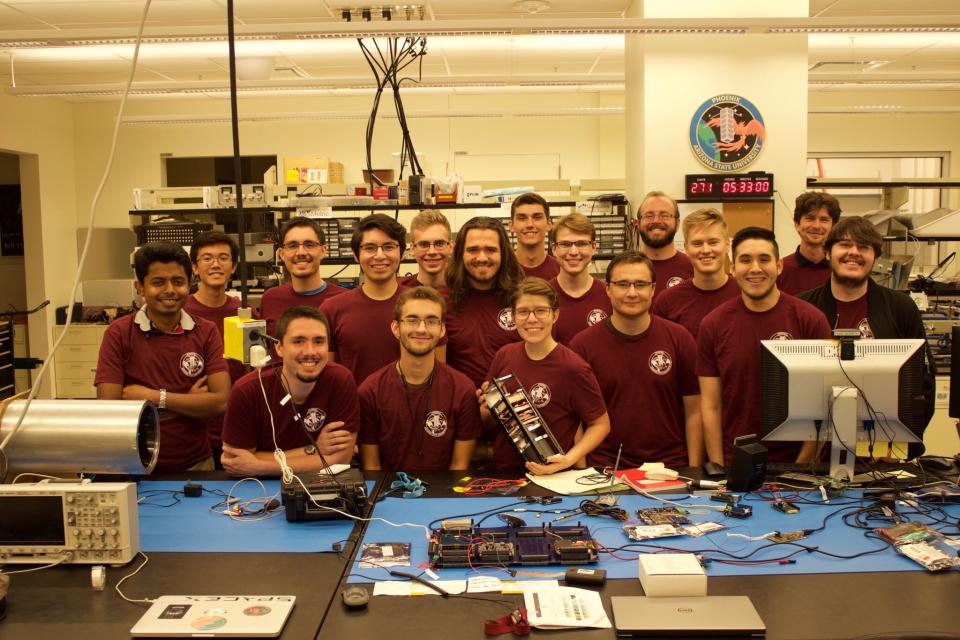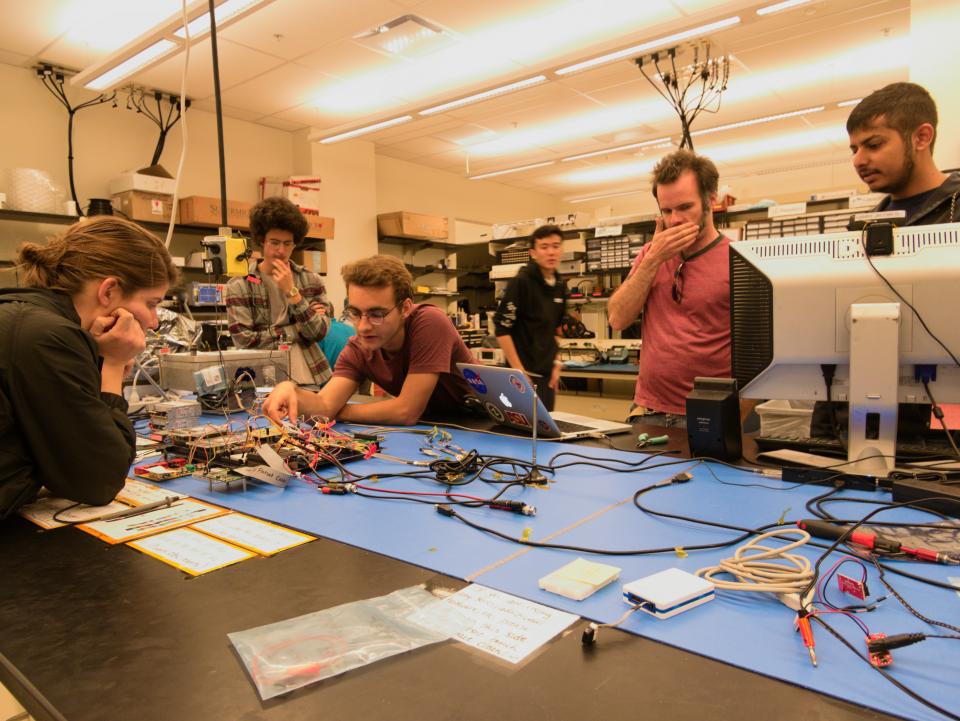How Phoenix Went from a Paper Proposal to ASU's First Student-Led CubeSat in Space
ASU was provided with the opportunity to develop Phoenix through the efforts of NASA and its Undergraduate Student Instrument Project (USIP) program. USIP was designed to allow undergraduate students to pursue research related to the aerospace industry that would typically be done by graduate students or in the industry. When solicitations for the newest round of the USIP program were released in the fall of 2015, Dr. Judd Bowman (Phoenix Project Investigator) decided to pursue the opportunity and began investigating a project concept that could feasibly be proposed and developed by an undergraduate student team.
The idea for Phoenix fell into place naturally by drawing ideas from several areas of research that were currently being developed at ASU. The overlying concept was developed from Dr. Philip Christensen’s idea to make a small (but not CubeSat small) satellite called ‘CitySat’ which would capture images of urban areas across several wavelength bands. Phoenix intends to isolate one of those wavelength bands by studying urban areas in the band of 7-14μm and investigating the effectiveness of using commercial off-the-shelf parts to complete the science objective. The payload was selected as the Tau 2 640 Infrared Camera based on research that was currently being done with the camera at the university as well as its ability to be used for space research and fit inside the CubeSat’s 3U envelope. This would allow the student team to use a commercial product that would meet the science requirements as well as leverage knowledge gained from previous research done with the camera.
The proposal was written by the student team, which was comprised of individuals with backgrounds in engineering and science alike, while guidance was provided by faculty mentors on how to combine the engineering and science efforts as well as convey the overlying importance of the project in the proposal. Specifically, the satellite engineering was developed by students from the Sun Devil Satellite Laboratory (SDSL), a student organization within the Fulton Schools dedicated to spacecraft systems and subsystems design. Since it’s founding, SDSL has strived to develop something that would one day be in orbit, which makes it incredible that Phoenix will finally see this dream come to fruition.
After the proposal was awarded in April 2016, the science objective was refined to study how the organization of Local Climate Zones (LCZs) contributed to the Urban Heat Island Effect, thereby giving the team a specific hypothesis to prove or disprove with the science investigation. Analyzing the effects of LCZs offers a new way of studying the development of UHIs, which will provide invaluable information to urban planners as cities continue to expand. In addition, preparation for the science investigation alone will introduce new contributions to the scientific community, as the student team will need to use ArcMap GIS to create the LCZ maps for the target cities which did not exist when the proposal was written.
After years of research and development, it has been incredible to see the project grow from a mere concept on paper to a physical spacecraft that will soon be in orbit about the Earth, collecting data that will contribute to more sustainable urban growth for future generations. While the USIP grant may have brought the project to fruition, the incredible work and dedication of the student team, along with the guidance and mentorship provided by ASU affiliates, NASA, JPL, Nanoracks, and other friends made along the way have helped to bring this project to life and make it an adventure unlike any other, and dare I say it - out of this world!


